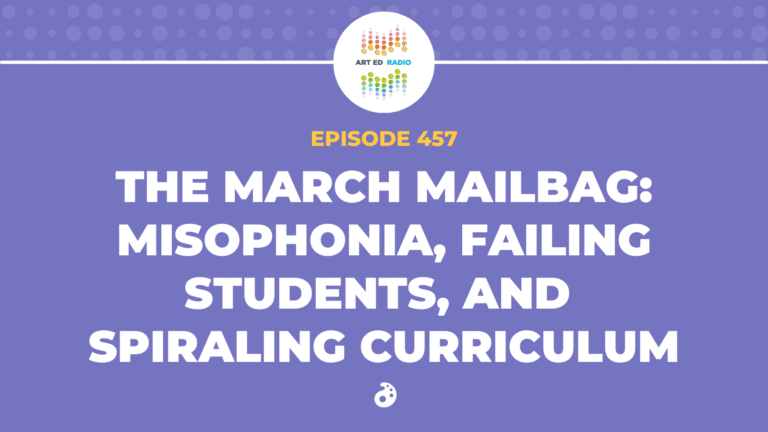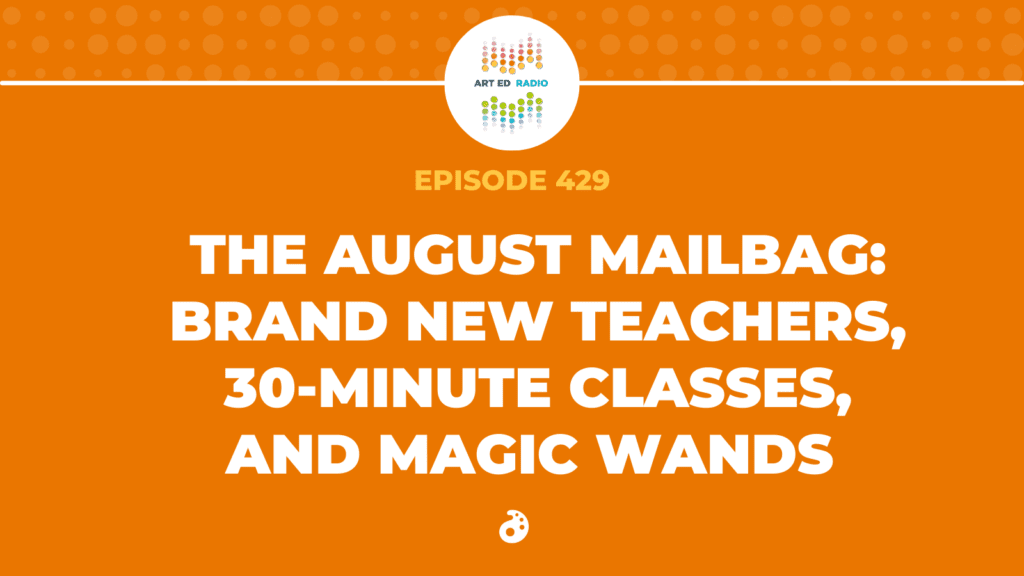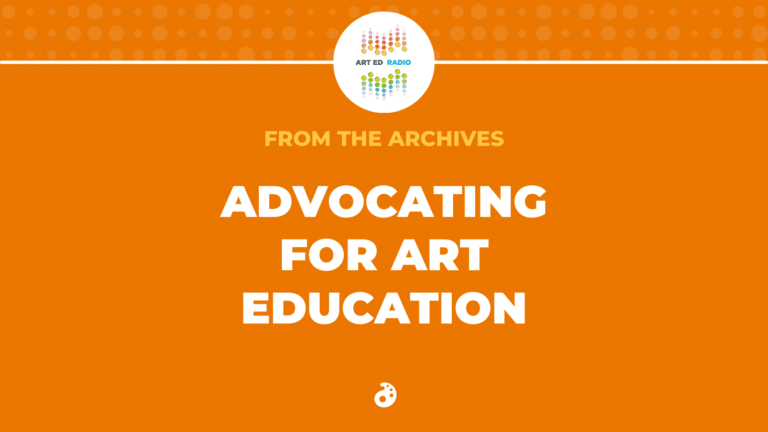Related

Professionalism
 Podcast
Podcast
The March Mailbag: Misophonia, Failing Students, and Spiraling Curriculum (Ep. 457)

Professionalism
 Podcast
Podcast



